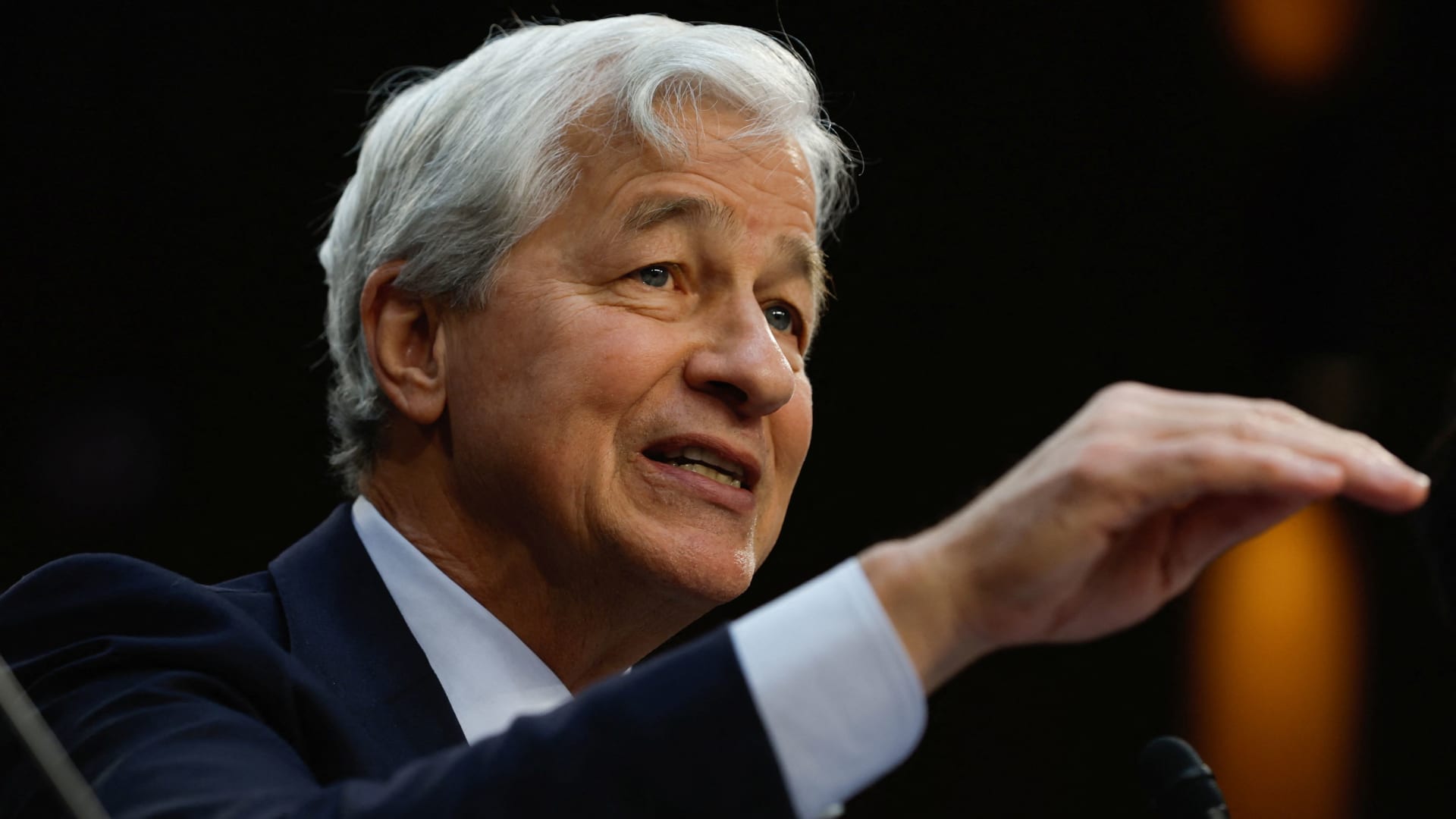
Barbara Gladstone, an art dealer whose flair for spotting talent and flair for promoting it helped her build one of New York’s largest and most influential contemporary art galleries, died Sunday in Paris. She was 89.
According to her gallery, her death in a hospital was caused by an ischemic event with symptoms similar to those of a stroke. Ms. Gladstone, who was on a work trip to Paris, lived in Manhattan.
Ms. Gladstone represented more than 70 artists and estates, including Americans such as Robert Rauschenberg, Keith Haring and Elizabeth Murray; provocative video and installation artist Matthew Barney; Key figures of the Italian Arte Povera movement such as Mario Merz and Alighiero Boetti; Richard Prince, the pioneer of photographic appropriation; the reserved realist painter Robert Bechtle; Iranian filmmaker and photographer Shirin Neshat; and more recent stars such as sculptor Wangechi Mutu and photographer LaToya Ruby Frazier.
What brought these disparate artists together on her list was her abiding interest in them personally and the dedicated manner in which she approached her work.
“At her core,” Mr. Barney said in a telephone interview, “Barbara was a romantic.”
He remembered the trust she gave him when he prepared their first show together in 1991, which accelerated their careers. “We made a video in the gallery and ended up having to shoot all night because we weren’t very organized,” Mr Barney said. “Barbara gave me the keys and said, ‘Make sure you lock it when you leave.'”
In addition to two major exhibition spaces in Manhattan, in the Chelsea arts district and on the Upper East Side, Ms. Gladstone’s gallery has opened locations in Brussels, Seoul and Los Angeles in recent years.
In 2020, she took over 10 of his artists, including Ms. Frazier and the painter Alex Katz, as well as the estate of Jannis Kounellis, as part of a deal that made gallery owner Gavin Brown a partner after he closed his own business. another titan of Arte Povera.
By the standards of her mega-gallery peers, it all amounted to a fairly modest expansion – but that’s exactly how she liked it.
“I think with a mega gallery there has to be such a division of labor that the gallery in question cannot possibly speak to all the artists. That’s impossible,” Ms. Gladstone said in a recent interview with journalist Charlotte Burns. But she added: “I talk to the artists. That’s what I want to do.”
These conversations could take decades, she told the Wall Street Journal in 2011, comparing her practice of supporting artists to raising a family. “Being a parent,” she said, “means that you are responsible for helping someone reach their full potential.”
The artists felt their attention. “It was a beautiful thing,” painter Carroll Dunham said by phone. “You felt incredibly supported and believed in you and felt like this person in the world was working on your behalf.”
Although she denied that she was driven by a longer-term vision than her own curiosity, Ms. Gladstone made plans for the gallery’s future in her absence. Max Falkenstein, its senior partner, took over the ownership position in 2016 and will continue to manage the business in collaboration with his partners Mr. Brown, Caroline Luce and Paula Tsai.
Ms. Gladstone was born Barbara Levitt on May 21, 1935, in Philadelphia, the daughter of Evelyn (Elkins) Levitt and Joel Levitt. Her father made children’s clothing.
Two marriages, to Elliot Regen and Leonard Gladstone, ended in divorce.
Ms. Gladstone began her career in the 1970s as a collector on a limited budget. “If you couldn’t have a Frank Stella painting,” she told Ms. Burns, “you could have a Frank Stella print. Or you couldn’t have a Jasper Johns painting but a print.”
At the time, she was raising three children in Roslyn, NY, on Long Island and teaching art history at Hofstra University, where she earned a master’s degree after dropping out of the University of Pennsylvania to get married. She sold some of her prints through classified ads in the back of an industry newsletter, but had an insatiable urge to expand further.
“At some point I thought, ‘There must be other artists,'” she said.
She looked for unrepresented artists to deposit slides of their work with fledgling nonprofits like Artists Space or the Drawing Center, where dealers like Ms. Gladstone could peruse them.
“So I went and looked for artists who didn’t belong to any clubs and had just come to New York,” she said. “I would visit them, befriend them, talk to them, eat with them.”
Together with a partner, she opened a so-called “works on paper gallery” on East 57th Street in Manhattan in 1979. Within a year, the partnership dissolved and Ms. Gladstone began expanding from prints to one-of-a-kind works while also opening her own space on West 57th. She later moved her gallery to SoHo’s Greene Street, amid the neighborhood’s burgeoning art scene.
She is survived by her sons Richard and David Regen; three grandchildren; and a sister, Joan Steinberg. Another son, Stuart Regen, died in 1998.
One secret of Ms. Gladstone’s success was her agility when changing direction. “Barbara is someone who really loves to reinvent herself,” Mr. Falkenstein said in an interview Tuesday.
Another reason was their talent for collaboration (despite this initially failed partnership and other estrangements). Long before Ms. Gladstone took on Mr. Brown’s gallery, Gavin Brown’s Enterprise, she ran rooms with gallerists Rudolf Zwirner and Christian Stein. And in 1996, she landed in Chelsea, teaming up with Metro Pictures and Matthew Marks Gallery to buy a 29,000-square-foot warehouse on West 24th Street.
But the real secret, according to Barbara Jakobson, an art collector and longtime friend, was that Ms. Gladstone never stopped asking questions and always knew where to turn for advice. At one point, as Ms. Gladstone recounted in her interview with Ms. Burns, the crucial source was her then-husband, Mr. Gladstone, a businessman.
“He said, ‘If every time you have to make a decision you think: What if it doesn’t work?’ What will I do then? Can I survive? “If you can survive, do it,” she remembers. “And I’ve stuck to it my whole life.”
Source link
2024-06-20 16:22:22
www.nytimes.com















